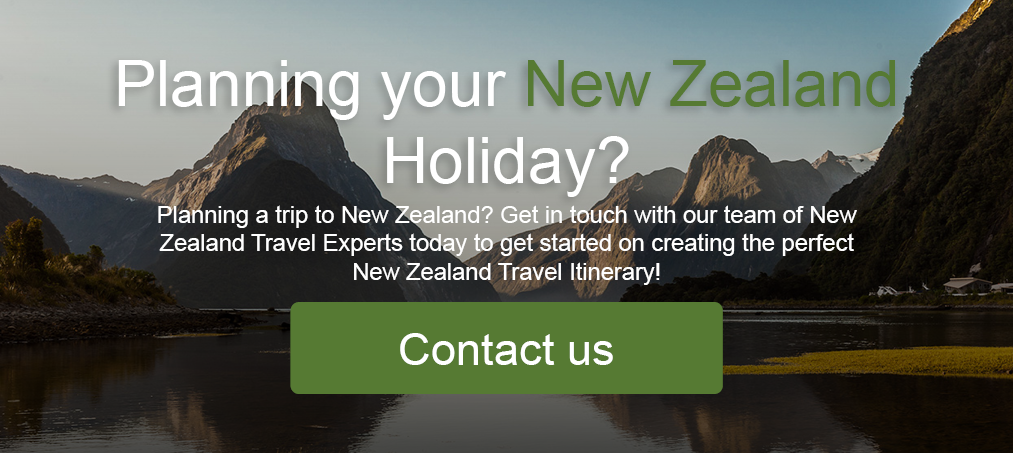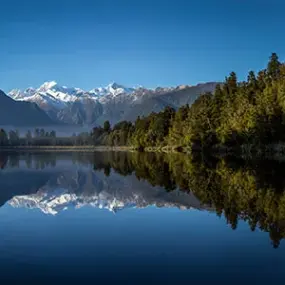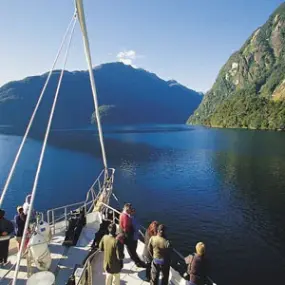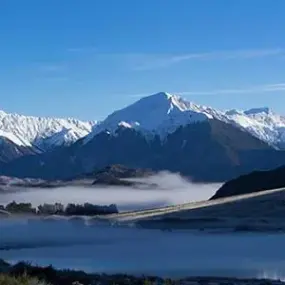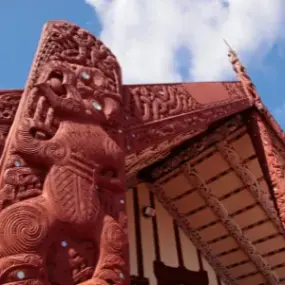Browse other blog categories
- City Experiences (8)
- Articles of Interest (12)
- The Best of New Zealand (12)
- Luxury New Zealand (3)
- South Island Touring (13)
- North Island Touring (11)
- Essential Info (14)
- LOTR, Middle Earth & Hobbits (5)
- Cultural Experiences (5)
- Scenic Trains, Flights & Tours (5)
- Adventure Travel (7)
- Walking, Hiking & Biking (11)
- Family Holidays (9)
- Things to Do (13)
- National Parks & Wildlife (12)
- Food & Wine Experiences (5)
How to Plan the Best New Zealand Holiday
So, you’re dreaming of a New Zealand Holiday? Well, you’re in for a treat! New Zealand is one of the world’s best holiday destinations. With jaw-dropping landscapes, heart-pumping adventure, and world-class wine, New Zealand’s got it all. But, planning the perfect New Zealand holiday can feel a tad overwhelming - where do you start when there’s so much to see and do? What do you pack? What’s worth visiting and when? Well don’t worry, I’ve got you covered! I’ve put together the ultimate holiday planning guide for New Zealand and put everything you need in one place. From where to visit, when to visit, getting around, accommodation, to make sure that you have everything you need to plan the best holiday in New Zealand.
The information packed into this nifty blog article comes from firsthand experiences from myself and our team of New Zealand Travel Specialists who have explored nearly everywhere in New Zealand. So know that the information here is tried and tested!
1. When’s the Best Time to Visit?
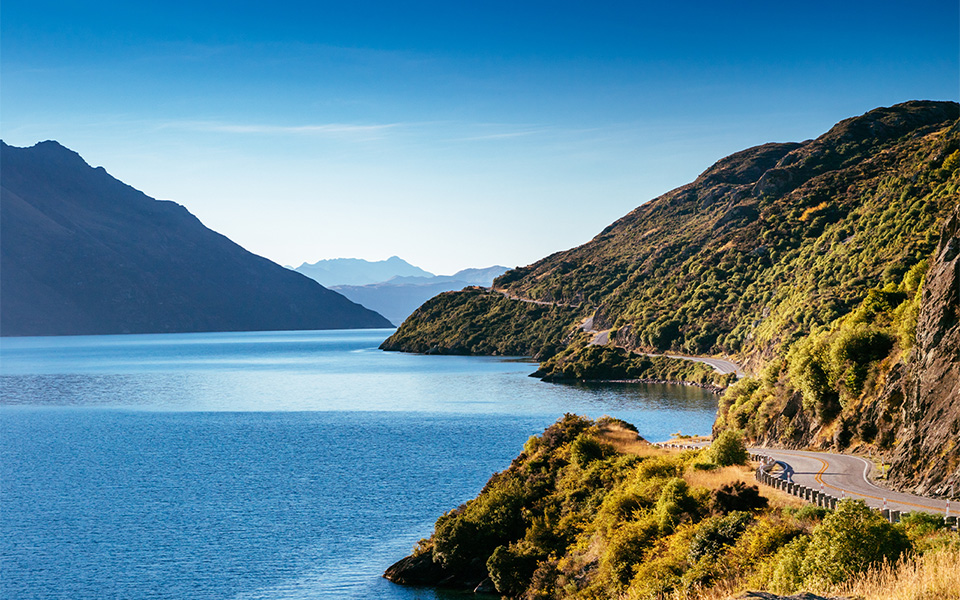
New Zealand’s a bit of a stunner all year round, but the best time to visit really depends on what you’re after. New Zealand’s seasonality is interesting, with each region having a host of different options depending on the time of the year. Keen to experience that New Zealand powder you’ve been hearing about? Well, you’ll definitely want to be visiting the South Island, notably Queenstown or Wanaka, in late winter (August) to make sure you get the best snow. Want the best conditions for hiking? That’ll also depend on where you’re hiking to really narrow that one down. The good news is that there isn’t a bad time to visit New Zealand as there is so much to do, but there is a “best” time to visit New Zealand depending on what you’re after. I’ll break it down by season below:
Summer (December to February)
If you love beach days, hiking, and long sunny evenings, summer is the best time to go. It’s the peak season though, so expect busier spots and higher accommodation prices. Pretty much every region in New Zealand is great to visit in summer, with the North Island being particularly good in the summertime. If you’re into hiking, Queenstown and the Canterbury region on the South Island really come alive in summer with mountain hiking once the snow melts. Tracks like the Routeburn Track and Mt Cook Aoraki National Park are just a couple of incredible hikes to do. In the North Island, the Coromandel region is perfect for a coastal getaway with incredible beaches. Just be careful booking a holiday in summer, as prices for nearly everything will be more expensive due to peak demand.
Autumn (March to May)
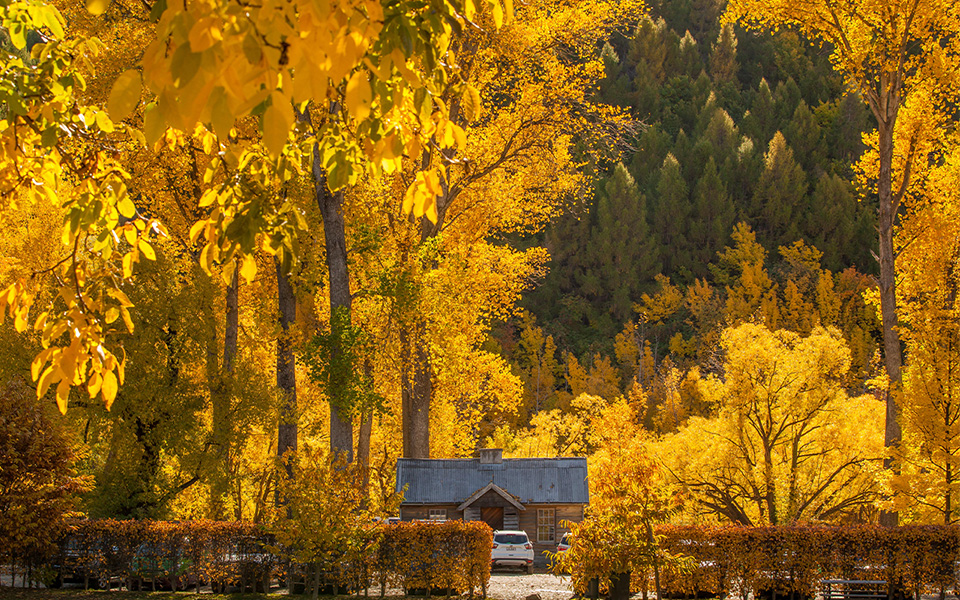
This is a brilliant time if you’re looking for fewer crowds, mild weather, and some epic autumn colours. It’s also harvest time in wine regions, so wine lovers, take note! Autumn is the best time to visit as well if you’re a photographer looking for postcard-worthy picture. The days are still relatively long, and the weather is usually cooler, so you can still enjoy hiking and swimming without melting in the summer heat. Regions such as Marlborough and Central Otago on the South Island are great in Autumn, especially if you’re a lover of wine.
Winter (June to August)
Winter in New Zealand is all about skiing and snowboarding. Queenstown, Wanaka, and Mt. Hutt in the South Island are your go-to spots for hitting the slopes. You’ll also find some cosy vibes, perfect for a quieter, more relaxed holiday. Winter starts in June, but if you’re after good snow, you should definitely consider holding off until at least mid-July, with the best snow arriving in August. New Zealand has what some in the snow industry call a “late season”, with most of the big snow dumps happening late winter/early spring. If you’re keen on skiing a winter in New Zealand, head over to our partner site Ski New Zealand and check out some of our winter ski itineraries. Regions such as Otago and Canterbury are the best to visit in winter if you’re after skiing.
Spring (September to November)
Spring’s got a bit of everything, and it’s my personal favourite season here in New Zealand. Snow’s still lingering on the mountains, wildflowers are blooming, and the weather’s starting to warm up. It’s also less crowded, making it a good time for exploring. It’s one of the most picturesque times to visit New Zealand, with everything in bloom and snow still capping the hills. Early in spring, you can enjoy skiing, with late spring seeing all the incredible hikes and mountain bike parks opening back up. If you’re just after the best weather conditions, want to experience a little bit of everything, or enjoy one of the quietest times of the year to visit, then spring is your best bet! Regions such as Nelson in the South Island or Rotorua in the North Island are excellent places to visit in spring.
2. North Island or South Island? Or Both?
As mentioned already, and doubtless you’ve heard of this already, but New Zealand is split into two islands - a North and South Island. Both islands are incredible in their own right, and offer totally different experiences. So, answering the question of “Which island do I visit in New Zealand?” is a tough one to answer and really depends on what type of holiday you’re after. I’ve listed out below a summary of each island and what to expect.
North Island
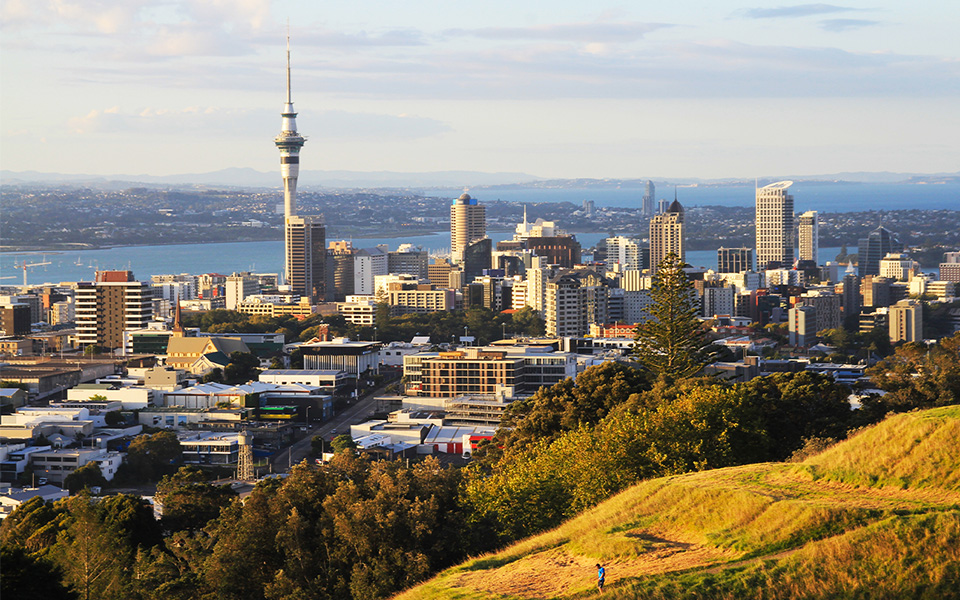
This is where you’ll find more of New Zealand’s cultural and historical sites, as well as some of the best beaches in New Zealand. Auckland is the country’s biggest city and a good place to start. Head north to the Bay of Islands for pristine beaches and dolphin-spotting, or south to Rotorua for geothermal wonders and Maori culture. And let’s not forget Hobbiton or the famous Mt Doom/Mt Ngāuruhoe if you’re a Lord of the Rings fan! North Island is great for beaches, rainforests, warmer weather and a deeper Maori culture experience. It’s also the more populated island, so there’s more on offer in terms of shopping, cafes, and restaurants.
South Island
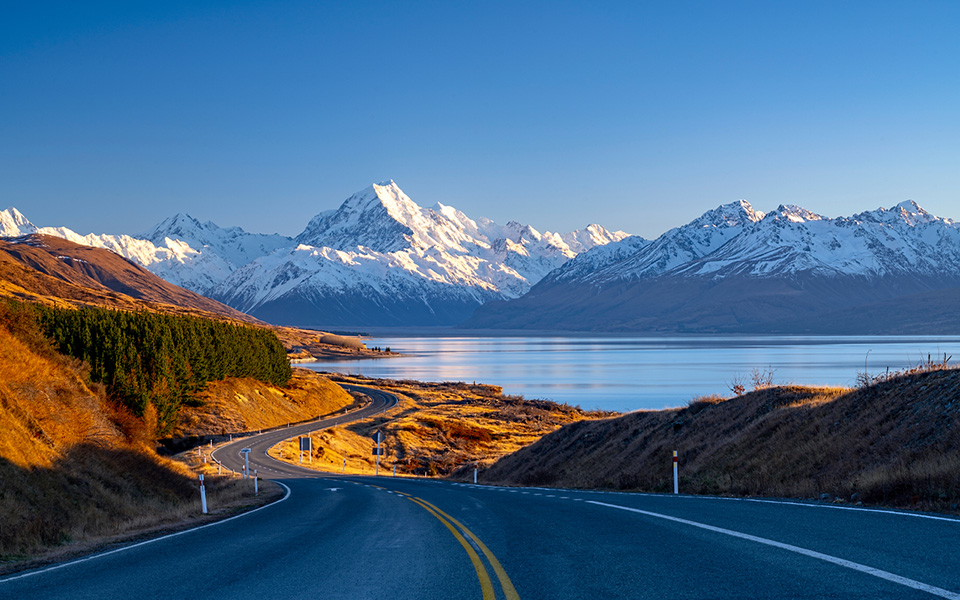
The South Island is all about dramatic landscapes. Think towering mountains, glaciers, and fjords. If you look at the South Island on a map, you’ll see a massive spine of mountains that travels nearly the entire length of the South Island. It’s visually quite a different landscape to the North Island, so if you’re travelling both you’ll definitely notice the difference. Queenstown is the adventure capital, while nearby Wanaka offers similar thrills with fewer crowds. And then there’s Fiordland National Park – home to the famous Milford Sound, which is often called the ‘eighth wonder of the world’. Heading to the east coast, you’ve got Christchurch and Kaikoura, offering coastal vibes with a snowy mountain backdrop in the distance. This is where you’re likely to see seals sunbathing on the beach, too! Heading North, you’ve got the Marlborough wine region and Nelson, offering their own unique experiences.
If you’ve got the time, I’d definitely recommend visiting both islands. A road trip from Auckland to Queenstown (with a ferry ride between islands) is the dream, but even if you’ve only got time for one island, you won’t be disappointed. You could visit the North Island on one trip to New Zealand, and then come back and do the South Island on another trip and have a completely unique experience on both trips. Which island you choose is really a matter of what kind of holiday you want, but there’s really no wrong answer.
3. How Long Should You Stay?
New Zealand might look small on the map, but there’s a LOT packed into these two islands. To really get the most out of your trip, you’ll want at least two weeks (between 10-14 days), or three weeks (up to 21 days) if you’re planning to visit both islands. This gives you enough time to explore without rushing from one place to the next. Especially if you plan on doing some hiking or skiing, you’ll be glad you booked the extra few days to enjoy some time wandering.
If you’re tight on time, a 7-10 day trip is still doable. You’ll just need to be more selective about where to go. For a shorter trip, I’d recommend focusing on either the North or South Island and sticking to one region to make the most of your holiday. A perfect example of this is our Southern Highlights tour - which sees you exploring a majority of the South Island in just 9 days, seeing everything from the stunning fjords of Milford Sound to the bustling city of Christchurch.
4. Getting Around: Road Trips Are the Way to Go
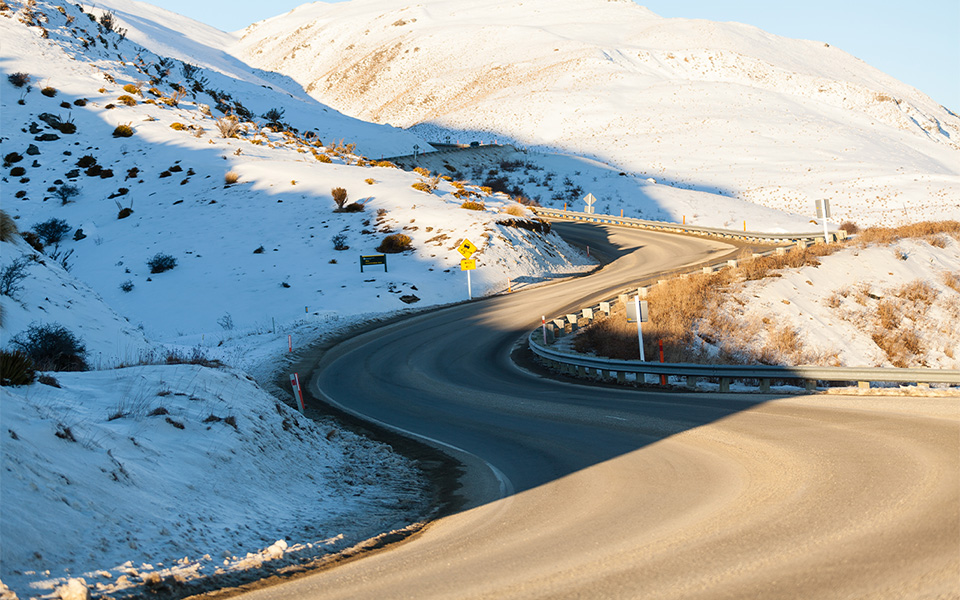
New Zealand feels almost made for road trips. The scenery is constantly changing, and there’s something special about pulling over to take in a random waterfall or mountain scene. Its relatively small size makes getting around super easy and quick as well, so you can cram in a lot of different experiences without having to drive for too long. There are also guided tours that take you around New Zealand without the stress or hassle of driving yourself. If you’re wanting a relaxing and educational experience, then a guided tour is perfect for you.
- Car hire: Hiring a car or campervan is super easy, and it gives you the freedom to explore at your own pace. Just remember that in New Zealand, they drive on the left (like in the UK), and some roads, especially on the South Island, can be quite windy and narrow in the mountainous regions. If you're after some ideas of where to drive, or want to browse some itineraries, check out our Self Drive Tours for some inspiration.
- Domestic flights: If you’re short on time or don’t fancy driving, domestic flights between major cities like Auckland, Wellington, Christchurch, and Queenstown are quick and relatively affordable. Just make sure that you have hotel transfers and other transport arranged so you can get to all your activities.
- Public transport: Buses and trains are available, but they’re not as convenient for getting to the more remote spots. If you’re staying in major towns or cities such as Auckland or Wellington, they can be a good option, but for true exploration, I’d stick with a car or guided bus/train tour.
5. Top Experiences You Can’t Miss
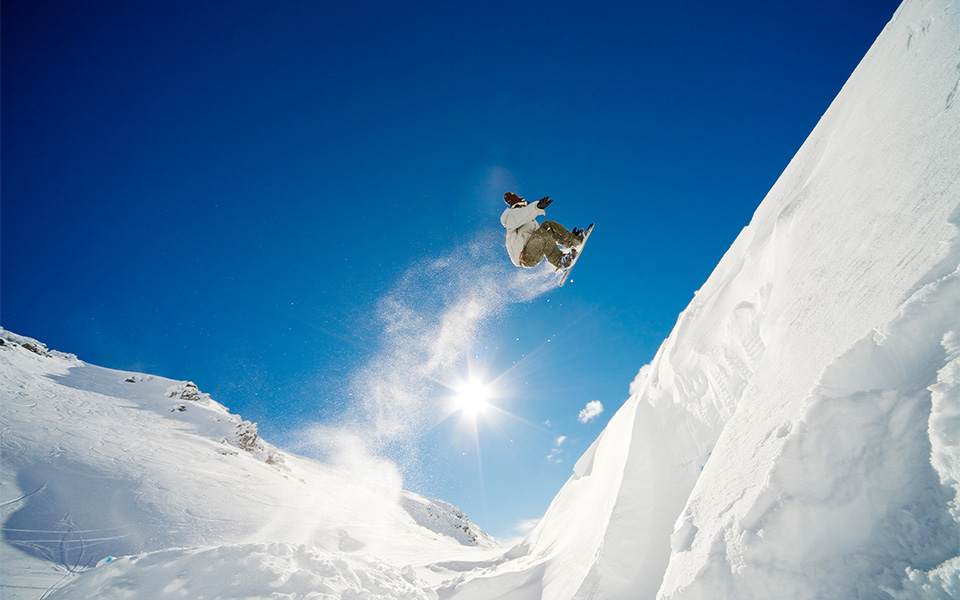
There are so many incredible experiences in New Zealand that if I were to list them all, this blog would go on forever! So what I’ll do instead is narrow it down to a few must-dos for hiking, wine-tasting, wildlife, adventure sports, and snow sports experiences.
- Hiking: New Zealand is a hiker’s paradise. From short walks to multi-day treks, there’s something for everyone. If you’re up for it, try one of the country’s Great Walks, like the Tongariro Alpine Crossing on the North Island or the Routeburn Track on the South Island. Tracks like the Routeburn Track are multi-day hikes that require a bit more preparation, so make sure you do your research before embarking on one of these hikes. The best place to research New Zealand hikes is through the Department of Conservation website, which is updated daily with important news and closures regarding New Zealand's walking and hiking trails.
- Wine-tasting: New Zealand is home to some world-class wines. Head to Marlborough for Sauvignon Blanc, Central Otago for Pinot Noir, or Hawke’s Bay for some gorgeous reds and chardonnays. Most wineries offer tastings and tours, and there are plenty of scenic wine trails to follow.
- Whale-watching: The seaside town of Kaikoura on the South Island is one of the best places in the world to spot whales year-round. You might also see dolphins, seals, and even the occasional orca too! If you’re heading to Milford Sound and doing a boat cruise there, you’ll also see dolphins, seals, and the famous Kea - our iconic alpine parrot that you simply must experience for yourself.
- Adventure sports: If you’re an adrenaline junkie, Queenstown’s got your name written all over it. Bungy jumping, skydiving, jet boating, and white-water rafting – you name it, Queenstown’s got it. Even if you’re not into extreme sports, just taking a ride up the Skyline Gondola for panoramic views over the town is well worth it. There’s also an abundance of hikes to walk and lakes to swim in, so you can’t go wrong with Queenstown!
- Snow sports: Much like with adventure sports, Queenstown and Wanaka are your best places to experience New Zealand snow. There are also a couple of ski fields in Canterbury, such as Mt Hutt, to check out, as well as a couple in the North Island, such as Whakapapa, that offer pretty good skiing as well. But if you’re after the ultimate ski destination, then Queenstown is where it’s at.
- Scenic Rail Journeys: New Zealand has some of the best scenic train experiences in the world, and you'd be letting yourself down if you didn't check them out! Trains like the TranzAlpine are famous for their stunning views, luxurious cabins, and incredible guided tours available. These train journeys can be added easily into any New Zealand travel itinerary and are well worth it!
6. Accommodation: Where to Stay?
New Zealand’s accommodation scene is as diverse as its landscapes. From luxury lodges to quirky hotels, there’s something for every budget. Much like the experiences above, if I were to list every hotel and lodge I love, this blog would never end, so instead, I’ll just highlight a few fantastic options for you to consider.
- Luxury lodges & boutique hotels: For a bit of indulgence, treat yourself to one of New Zealand’s luxury lodges, often found in stunning, remote locations. Huka Lodge near Taupo or Eichardts Hotel in Queenstown are top choices. There are so many boutique hotels in New Zealand that you might be a little overwhelmed with choice, but that's more a good than bad thing in my opinion!
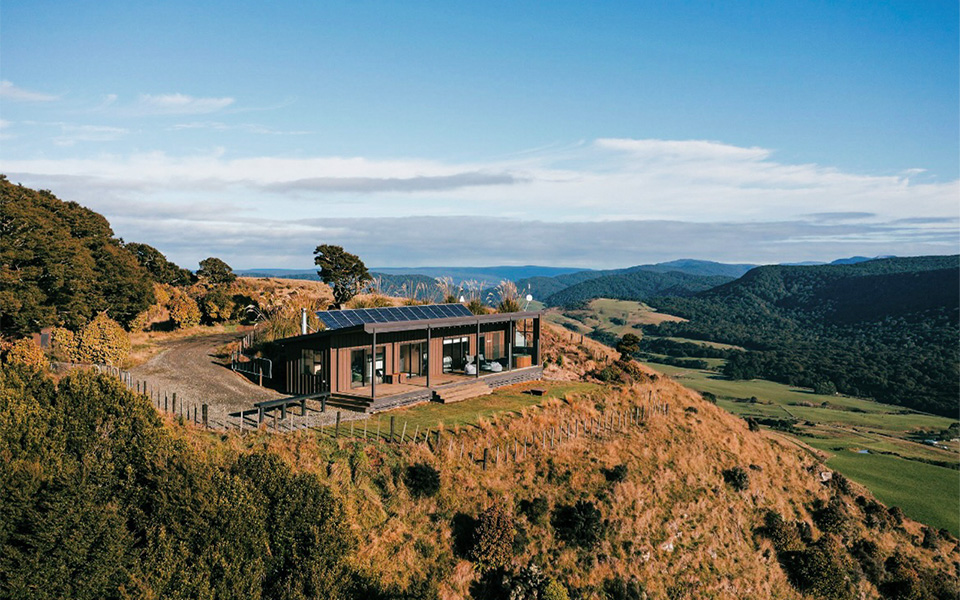
- Unique accommodation options: Some of the best stays in New Zealand are farm stays. These private lodges, usually in incredible locations, offer a completely unique style of accommodation that you won't find at your stock-standard hotel. Accommodations like Beresford Heights - a boutique home on a 1,330-hectare farm is a secluded lodge on a hilltop overlooking a sheep and horse farm. Or there's the Lynton Downs farm stay - a renovated old ranch-style home with a fascinating history. There's so many unique stays like these that it's worth spending the time to research them!
- Motels and 3-Star accommodation: On a budget? New Zealand has a host of motels and cheaper accommodation options that are some of the cleanest and friendliest you’ll find anywhere. Great for meeting other travellers and swapping travel tips over a shared kitchen meal. During the winter seasons, these types of accommodations book up really fast due to the seasonal workers flooding into towns. So just make sure you're booking in advance for this type of accommodation if that's when you're planning on heading over. If you're on a budget, chat with our New Zealand Travel Specialists to help you find an accommodation that suits your budget.
7. What to Pack for Your New Zealand Holiday
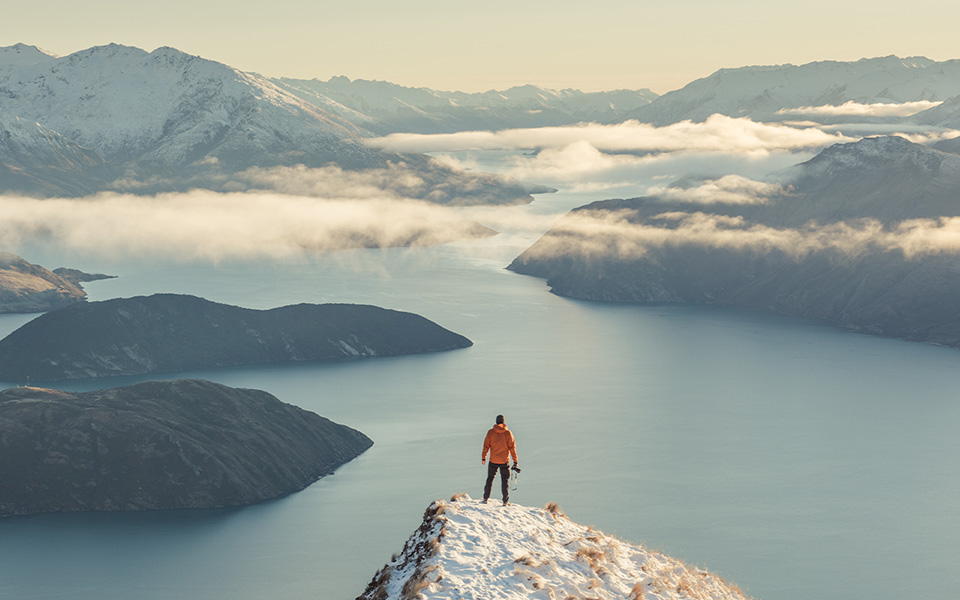
Packing for a New Zealand holiday is dependent on which season you’re coming in and what type of activities you’re keen on exploring. If you’re visiting the South Island, the alpine environments can have unpredictable weather conditions, so it’s always good to have a few backup options for different scenarios. In the North Island, the weather is less unpredictable, so you can safely pack clothes for the season you’re visiting in. Here’s a quick rundown of some things to consider when packing for your New Zealand trip:
- Layers: Pack lightweight, breathable layers, as temperatures can vary a lot between morning and night - especially in the in-between seasons like autumn and spring.
- Rain jacket: New Zealand can be rainy, especially in places like Milford Sound and the West Coast of the South Island, so making sure you have some form of wet weather attire is a must when visiting New Zealand.
- Sturdy walking shoes: Even if you’re not a keen hiker, you’ll probably find yourself exploring a few trails, so a comfy pair of shoes is a must. If you’re planning on hiking, definitely make sure you have some waterproof hiking shoes in case you need to cross any fjords, or it rains.
- Sun protection: The New Zealand sun is no joke. Pack sunscreen, a hat, and sunglasses to protect yourself from those strong UV rays. There’s a common saying in New Zealand that if you stand directly in the sunlight, you’ll burn fast, but step in the shade and you’ll need a jacket. Whilst this is an obvious exaggeration, making sure you have sun protection is important!
- Cash: Most of New Zealand has caught up with the times of having cashless only pay terminals, but there will still be some venues and experiences that require cash. So making sure you have some New Zealand cash on hand is highly recommended for those situations where you need it.
- New Zealand power adapter: If you’ve never visited New Zealand or Australia, you’ll need to make sure you pack a New Zealand power adapter so you can charge devices such as your phone. You can usually grab these at airports, but if you can get one cheaper where you are then it pays (literally) to get it there before you come over.
8. Staying Safe and Healthy
New Zealand is generally a very safe country to travel around, but there are still a few things to keep in mind:
- Driving: As mentioned earlier, New Zealand’s roads can be narrow and windy. Take your time and drive carefully, especially if you’re not used to mountain roads or gravel tracks. Remember, you drive on the left-hand side of the road in New Zealand, so make sure you brush up on your Kiwi driving rules and laws before you head over.
- Hiking: Always check the weather before heading out on a hike, and make sure you’ve got the right gear and notify the right people. Some trails can be exposed, so it’s important to be prepared for sudden changes in weather. Some hikes such as the Routeburn Track require you to contact the Department of Conservation before you head on the track to log your trip. So make sure you do a bit of research before venturing off into the hills!
- Sun safety: The sun in New Zealand can be much stronger than you’re used to, especially in summer. Apply sunscreen regularly, even on cloudy days.
9. Budgeting for Your New Zealand Adventure
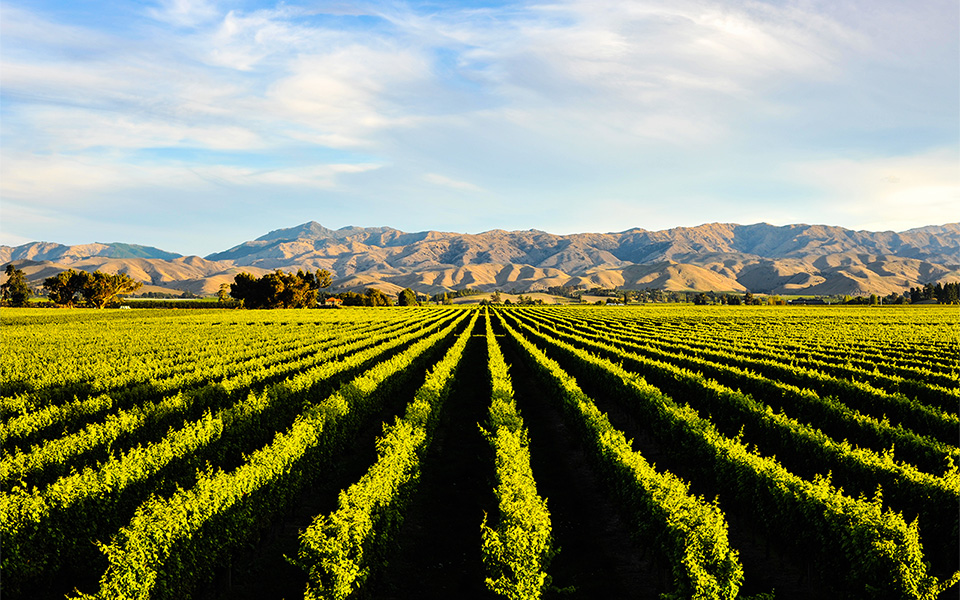
New Zealand isn’t the cheapest destination, but it’s possible to travel here without breaking the bank if you plan ahead. Usually my advice is to book well in advance to secure the best rates, but sometimes that’s just not an option (or sometimes you just need to book that impulse holiday, you know?). So if that’s the case, here are some tips on how to save a bit of money whilst travelling New Zealand.
- Accommodation: As mentioned earlier, there are plenty of options for different budgets, from luxury lodges to budget hostels. Depending on the time of the year, some types of accommodation might be cheaper due to seasonality. So if you’re really keen on staying at this one luxury lodge, but it’s just a bit out of budget during the time you’re planning, check out other times of the year to see if there’s a cheaper time to go. You might just save a few hundred dollars by going a few weeks later!
- Food: Eating out can be a bit pricey, especially in tourist hotspots such as Queenstown. If you’re on a budget, consider self-catering and making the most of New Zealand’s fantastic farmer’s markets for fresh, local produce.
- Activities: Some activities, like hiking, are free, while others, like bungy jumping or guided tours, can be quite expensive. Pick and choose the experiences that are most important to you. Our team of New Zealand Travel Specialists are always up to date with the best deals on experiences here in New Zealand, so speak with us to make sure you get the best deals on your next New Zealand holiday!
Final Thoughts
Planning a New Zealand holiday is an exciting adventure, and while it may seem overwhelming at first, every moment of planning and travelling will be absolutely worth it! From incredible landscapes, beautiful vineyards, and exhilarating experiences, there’s a near-endless variety of things to see and do that will leave you inspired. If you’re needing some help planning your next trip, our New Zealand Travel Specialists have been creating incredible New Zealand travel itineraries for over 20 years, and are more than happy to assist you in creating your dream New Zealand holiday. Plus, don't forget to check out our New Zealand Travel Guide for even more ideas and insights! So what are you waiting for? Book that flight, pack your bags, and get ready for a trip of a lifetime! New Zealand is waiting for you.
Categories:
- Articles of Interest
- Essential Info
Published on: 23 Oct 2024, Written by: Jake Rudd
We have lots more information to share with you if you need it. Our team lives and works within New Zealand. We have travelled to every region and experienced the best (and worst) of what there is to offer. If you have any questions about tours, locations or just want some friendly advice please reach out to us by chat, email, or phone. There is no penalty for getting in touch, we do NOT charge any consultant fees so you can take the hassle out of your travels for free!
If you are interested in planning a trip then please leave your details in the simple form below and we can provide you with support customising a tour just for you.

